The Ministry of Electronics and Information Technology (MeitY) has released a comprehensive report titled ‘Estimation and Measurement of India’s Digital Economy.
 It is an attempt to compile the first set of credible, comprehensible, and current estimates of India’s digital economy based on an internationally accepted framework.
It is an attempt to compile the first set of credible, comprehensible, and current estimates of India’s digital economy based on an internationally accepted framework.
Key data about India’s Digital progress
|
|---|

Digital Public Infrastructure (DPI)
|
|---|
Committees on Digital PaymentsRatan Watal Committee on Digital Payments (2016)
Nandan Nilekani Panel on Digital Payments (2019)
|
|---|
Government Initiatives to Boost Digital Economy
|
|---|
Ready to boost your UPSC 2025 preparation? Join PW’s UPSC online courses today!
Recently issues were raised against the implementation of Smart City Mission in Shimla as it bypassed local governments, relying on Special Purpose Vehicles (SPVs) managed as private entities, sidelining city councils in governance and decision-making.
Special Purpose Vehicle (SPV)
|
|---|
Ready to boost your UPSC 2025 preparation? Join PW’s UPSC online courses today!
The Supreme Court has suggested the appointment of ad hoc judges in High Courts to address the large backlog of criminal appeals.
Ready to boost your UPSC 2025 preparation? Join PW’s UPSC online courses today!
The delay in approval of the Cauvery-South Vellar Link Project has led to disputes between Tamil Nadu and Karnataka, particularly regarding water rights and resource allocation.
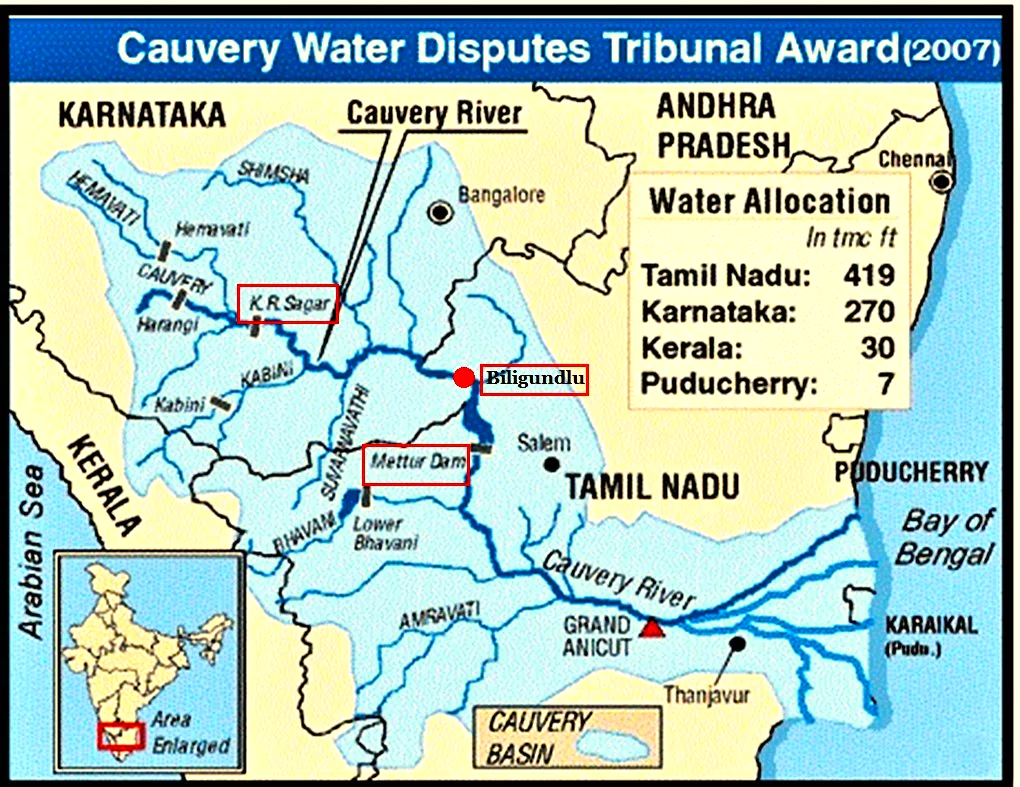
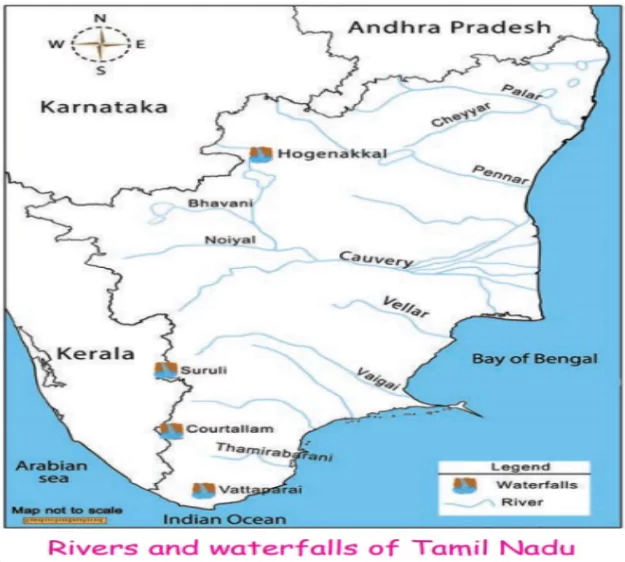
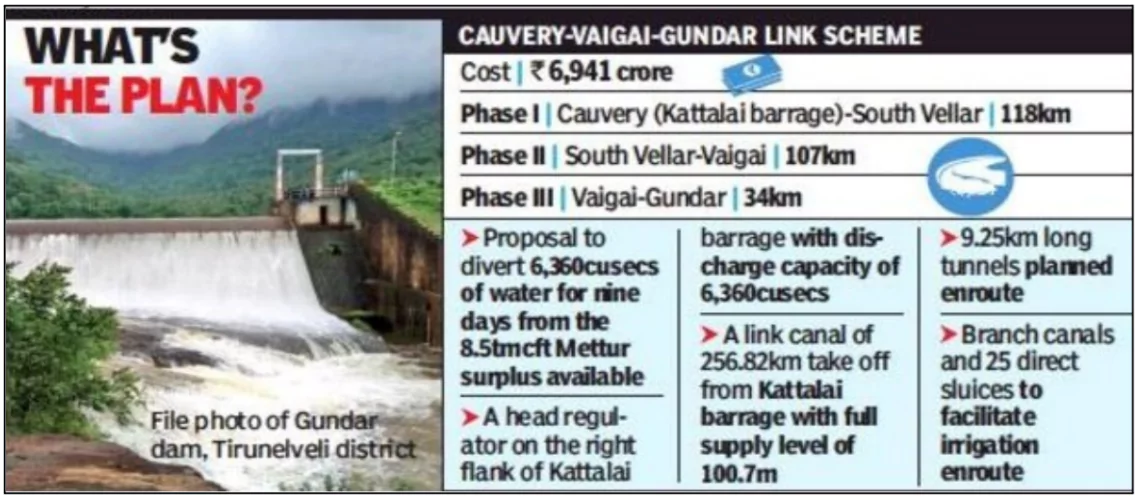
Ready to boost your UPSC 2025 preparation? Join PW’s UPSC online courses today!
Recent studies have indicated that Rhodamine B can cause DNA damage, leading to mutations and potentially triggering cancerous growths.
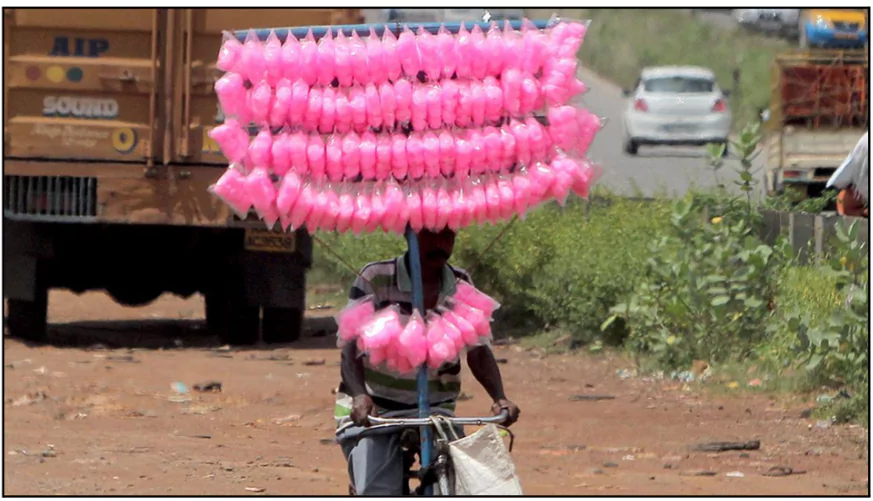
Colour AdditivesA color additive is any dye, pigment or substance that can impart colour , alone or through reaction with other substances, when added or applied to a food, drug, cosmetic or to the human body. Why are Color Additives Added?
|
|---|
Ready to boost your UPSC 2025 preparation? Join PW’s UPSC online courses today!
The Union Labour Ministry revealed that ₹1,17,507.22 crore has been collected as cess under the BOCW Act since its implementation in 1996.
Ready to boost your UPSC 2025 preparation? Join PW’s UPSC online courses today!
Nepal’s tiger population increased from 120 in 2009 to 355 in 2022, a 296% rise.
Orangutan Diplomacy:
Koala Diplomacy:
Panda Diplomacy:
|
|---|
Benefits of Saving a Single Tiger
|
|---|
Ready to boost your UPSC 2025 preparation? Join PW’s UPSC online courses today!
Mazagon-Thyssenkrupp JV likely to secure Indian Navy’s Rs 70,000 crore stealth submarine deal after L&T-Navantia bid rejected due to failing to meet the technical requirements of a proven air-independent propulsion (AIP) system.
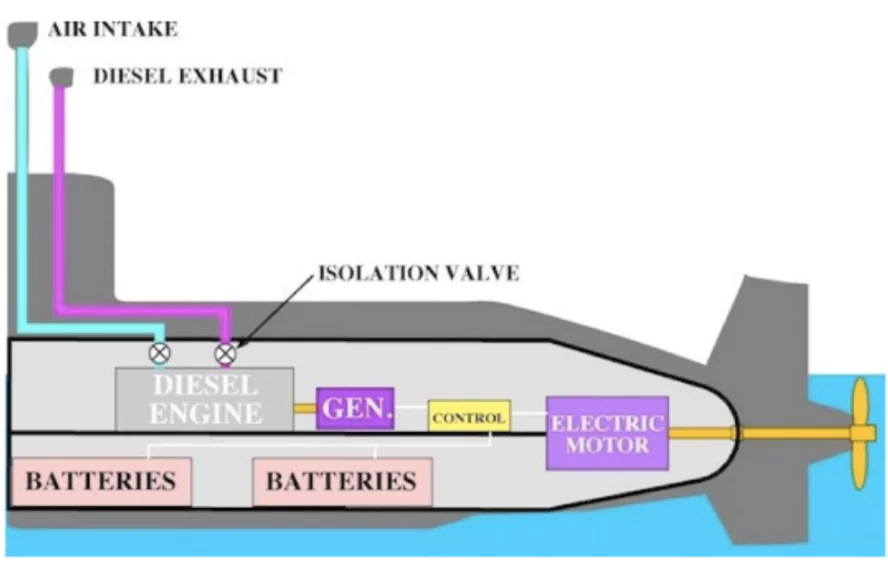
Ready to boost your UPSC 2025 preparation? Join PW’s UPSC online courses today!
The study, published in the journal Nature Climate Change, revealed that 40 per cent of Arctic Boreal Zone has become a carbon source, releasing more carbon dioxide into the atmosphere than it absorbs, marking a shift from its role as a carbon sink for millennia.
NASA’s Arctic Boreal Vulnerability Experiment (ABoVE)It is a large-scale field campaign studying the vulnerability and resilience of Arctic and boreal ecosystems in Alaska and western Canada to climate change. Societal impacts: Examines societal impacts of environmental changes and provides data to guide adaptation strategies. Aim: To understand how the Arctic and boreal regions are being affected by climate change and what the implications are for people and the environment in those areas. |
|---|
Ready to boost your UPSC 2025 preparation? Join PW’s UPSC online courses today!
Context: The Prime Minister of India recently lauded the Indian space startup Digantara at the success of Mission SCOT.
Context: Atmospheric CO₂ levels reached a record high in 2024, driven by wildfires and human activities, as reported by the Keeling Curve.
Context: The head of the Mannan community and the only tribal king in Kerala will participate in the Republic Day parade in Delhi as a guest of the Scheduled Tribes Development Department.
Context: INS Sarvekshak, an Indian Navy vessel, completed the hydrographic survey of Mauritius, covering over 25,000 square nautical miles.
Context: ISRO is set to achieve its 100th rocket launch in January 2025 with a GSLV mission from the Satish Dhawan Space Centre.
Context: Recently, the Minister of Commerce & Industry set a target of reaching 10,000 Geographical Indication (GI) Tags by 2030, at the GI Samagam in New Delhi, organized by the Department for Promotion of Industry and Internal Trade (DPIIT) and India Today Group.
Ready to boost your UPSC 2025 preparation? Join PW’s UPSC online courses today!
Maharashtra Withdraws GRs on Hindi as Third Langua...
Statistical Report on Value of Output from Agricul...
Skills for the Future: Transforming India’s Work...
National Turmeric Board HQ Inaugurated in Nizamaba...
ECI Moves to De-List 345 Inactive Registered Unrec...
MNRE Issues Revised Biomass Guidelines Under Natio...
<div class="new-fform">
</div>